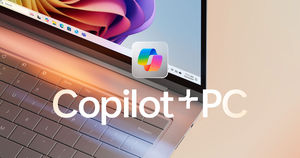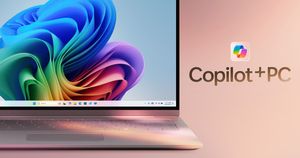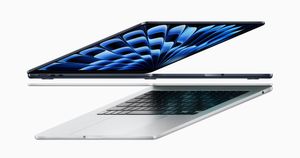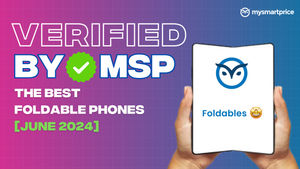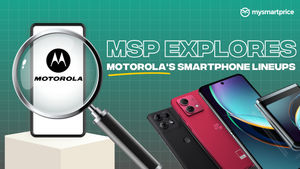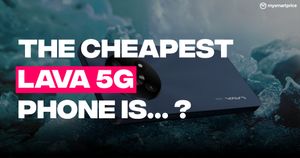
“We are introducing an entirely new class of Windows PCs engineered to unleash the power of distributed AI…” That’s how Microsoft CEO Satya Nadella described the new generation of Copilot+ personal computers showcased earlier this week. In partnership with other OEMs, Microsoft is unleashing a new range of PCs with advanced AI capabilities.
The announcement is significant because the Windows PC is fundamentally reimagined from the chipset to Windows 11. Further, the comparisons to Apple’s MacBook (M3) mean all eyes will be on Cupertino next to see how it incorporates AI elements into Macs later this year.
Copilot+ PCs: Why It Marks a Big Change
Before we look at why this is a challenge for Apple, one has to understand the full significance of what Microsoft showcased. For those who missed it, Microsoft’s New Copilot+ PCs are not just about incorporating an AI assistant into the laptop. Rather, as Microsoft made it evident, it plans to bring the power of AI on the cloud to the PC without compromising performance and battery life.
One significant change that allowed Microsoft to achieve some remarkable claims was the chipset. The new range of laptops announced is powered by Qualcomm’s Snapdragon X Elite processors, built on the ARM architecture. These chipsets are known for their power efficiency. Microsoft claims that many of these Copilot+ PCs will offer full-day battery life with a claim of 22 hours of local video playback or 15 hours of web browsing on a single charge. If the claim holds, these new CoPilot+ PCs are outperforming Macs on M3 Pro and M3 Max in battery efficiency — an area where Apple’s M-series has performed capably so far. Battery life will be even more critical to Windows PCs from now on as AI integration and workloads increase.
But it is not just about battery efficiency, which is a critical factor. Microsoft says the Neural Processing Unit (NPU) on these system-on-chips (SoC) is also ahead of what Apple’s M3 offers. The NPU is the major requirement for many of these AI-related tasks. Microsoft claimed during its presentation that they have relied on an entirely “new systems architecture” on these PCs and that the NPUs are capable of “40 trillion operations per second,” making them ideal for running intensive AI-related workloads.
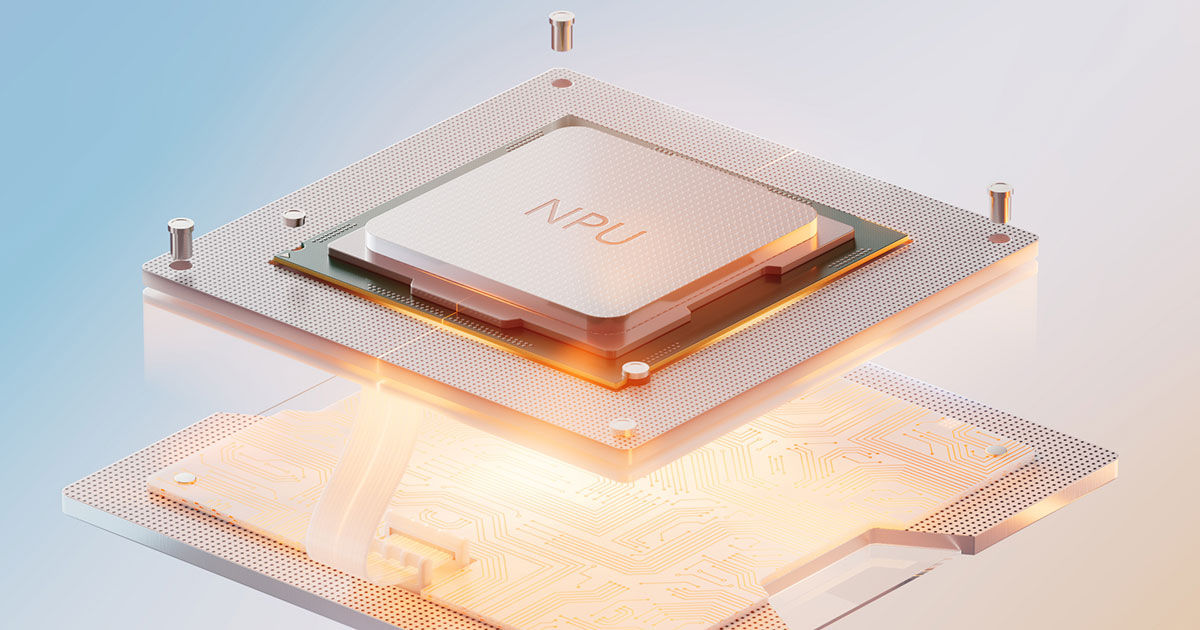
As Microsoft put it, these PCs with the new Snapdragon processors are ahead of what Apple’s latest MacBooks offer.
Rephrase and accommodate into blockquotes: Windows 11 has been completely “re-architected…on a new minimum hardware configuration to optimise this kind of performance and battery.”
However, Microsoft’s demonstrations of these Copilot+ PCs were more impressive than the jargon and what they could achieve. The most critical bit is that Copilot+—the new advanced AI assistant—will be a native part of Windows 11 on these devices and capable of running some truly incredible tasks.
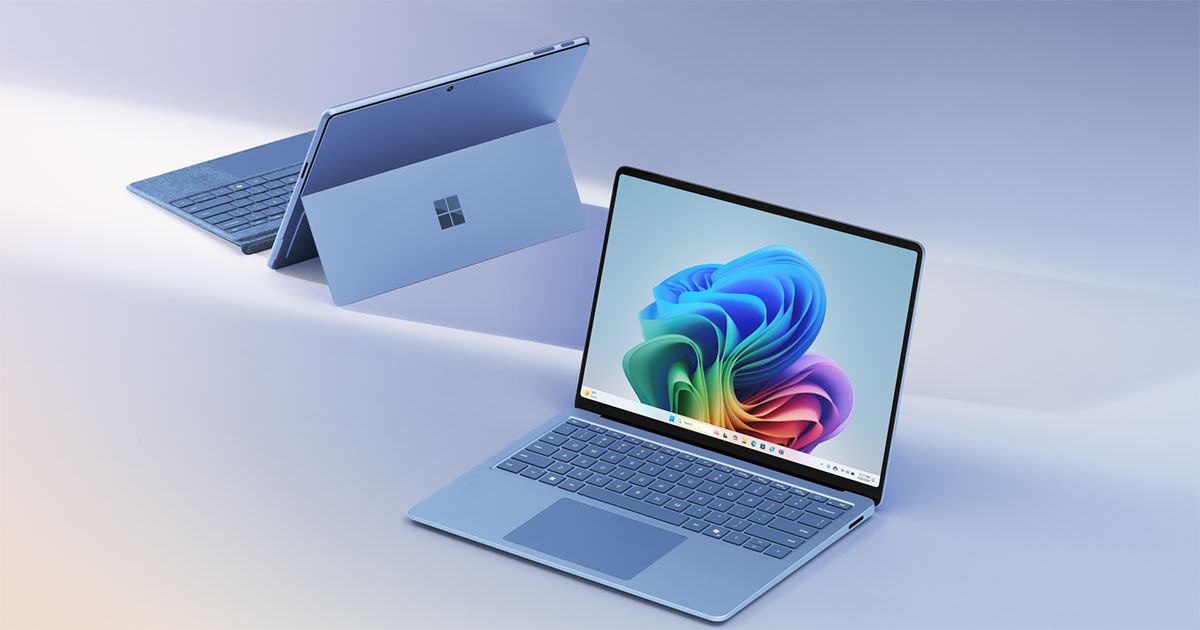
For instance, Microsoft’s executives showcased how Copilot could assist a user while they played Minecraft for the first time. In fact, during gameplay, Copilot spots a surprise Zombie and manages to help the user adapt to it. And yes, much of what Copilot can achieve is being powered by OpenAI’s GPT-4-o model, which the company recently unveiled.
According to Microsoft, Copilot+ “will integrate with OpenAI’s GPT-4-o for advanced text, voice, and vision capabilities, enabling natural conversations and problem-solving.” The AI experience can carry out many tasks on these PCs– from editing photos without opening any app to setting up configurations, etc. From answering notifications on the PC to helping users with creativity, Microsoft is clear that AI will do many basic tasks on these devices.
There’s also the controversial Recall feature, which will function almost like a ‘photographic memory’ of the PC. It will let users find the file, folder, or anything else they might have accessed on the device. However, the idea with Recall is that users can achieve this by typing in requests in the natural, sometimes vague manner we humans often use. For instance, if you’re looking for a website where you saw a purple dress, Recall could find that quite easily. There’s also the CoCreator Mode, where users can generate images based on simple text-based prompts. This is the equivalent of having a GenAI image generator integrated into the system itself without having to access or open any other system.
Microsoft’s message was simple: AI will be native to this new range of Copilot+ PCs. Crucially, these features will not roll out to older devices because they don’t have the same SoCs required for these tasks.
So, Where Does This Leave The MacBook?
That is a critical question because Apple has yet to update the MacBook lineup to the M4 series. It introduced M4 on iPads and showcased how the new chipsets are designed for AI-related tasks. However, at the software level, Apple has yet to reveal how the next version of MacOS, iPadOS, and iOS will integrate GenAI.
There are a lot of unknowns regarding Apple and its AI approach. But yes, Apple also has a more suave approach when it announces new products. Its marketing campaign is typically more polished, and even when it launches features late, it ensures more adoption for these. Look at iOS and how it got several customisations, etc., much later than Android. The assumption is that more people, developers, and customers will take note when Apple releases something. So, yes, this isn’t a walkover for Microsoft.
Of course, we should have some clear answers after the WWDC keynote on June 10 about what Apple showcases. Given Apple’s tight control over its devices, it is likely that most GenAI features will roll out to older devices, which could give it an advantage. But there is no doubt that the stakes will be high at next month’s WWDC, especially in light of what Microsoft has brought.
There’s only speculation on how Apple will integrate GenAI into the Mac natively. Will it offer something as deeply intertwined as what Microsoft revealed in its keynote? And whose LLM models will Apple devices run? Google or OpenAI?



